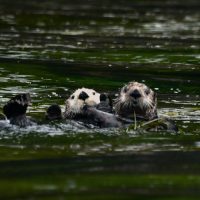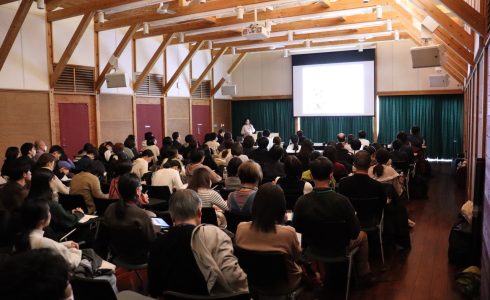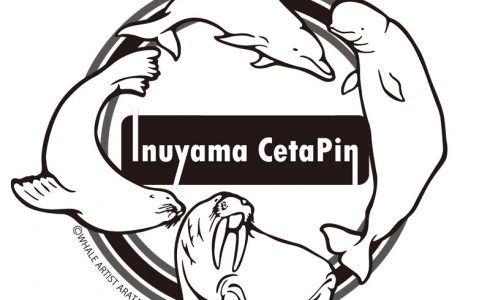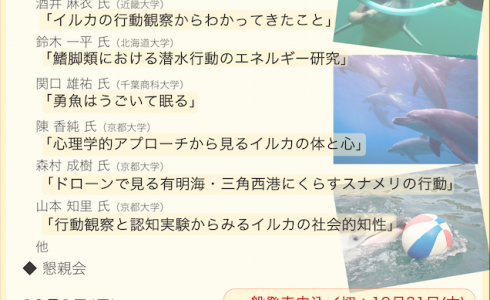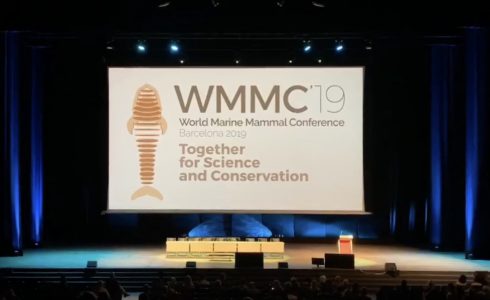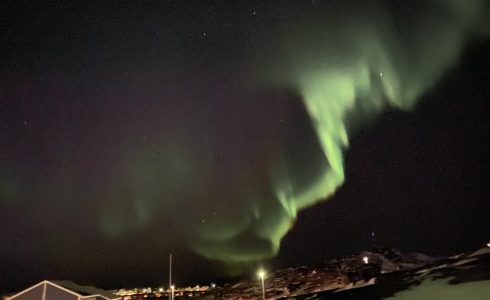D1のLさんから,8月に開催された海棲哺乳類の国際学会,SMM2022の参加報告です!
—
From 1st to 5th August, I participated in the 24th Biennial Conference on the Biology of Marine Mammals (hereafter SMM 2022) held by the society for marine mammalogy in West Palm Beach, Florida, USA. This was my first offline conference due to the ongoing COVID-19 pandemic, meanwhile, my first time to be involved in such an iconic and grand meeting for marine mammal researchers worldwide. In addition to my first personal experience, this is also the first hybrid, live-virtual conference of the Society of Marine Mammalogy since 1975. As a fresh member of this society, I would be glad to share you some of my thoughts and my interactions with this conference.
I flew to Florida three days before the SMM 2022 to participate in a conference-affiliated workshop about individual-based models (IBMs) on 30th July. It was a full-day workshop that began with a series of talks including the introduction and practical applications of IBMs, followed by discussions and a Q&A section. In the afternoon we conducted group works to consider and improve current IBMs from multiple concepts. At last, we designed and created IBMs frameworks in aspects of potential challenges marine mammals may face, with an aim to predict the impacts of environmental changes on targeting species. Although it was not detailed instructions or a training session to guide participants to build a real model on PC, it provided a way to think as an IBMs builder. After communicating and working with some intermediated-level IBMs users I had a general picture of when and how to involve IBMs according to specific research cases. Also, ice-breaking games together with intensive group work maximized engagement, and the best thing was that I made some friends in that workshop!
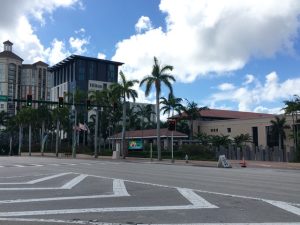
Fig2. Conference venue at the West Palm Beach, Florida, USA
The SMM 2022 opened following two days’ workshops and it was surprising to find a lot of whale elements inside the convention hall. My eyes were first caught by the inflatable humpback whales in the exhibition hall, and it was so vivid that seemed to launch out of the water. The exhibition hall was fulfilled with poster panels and exhibitor booths, other than the breaching humpback there was an inflatable Rice’s whale (a new species of baleen whale in the Gulf of Mexico, determined in 2021) hanging on the ceiling in the back of the room. The “indoor whale sighting” was not finished until we saw a mother and calf North Atlantic grey whales outside the ballroom on the second floor. Those vivid large whales gave me deep impressions; however, it was a pity that there were no inflatable seals…

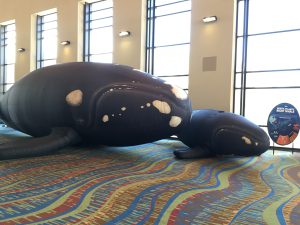
Fig3. “Indoor whale sighting”; left photo is the inflatable humpback whale in the exhibition hall, right photo is a mother and a calf North Atlantic right whales outside the ballroom.
I particularly like the plenary sessions, which were given by some eminent scientists and experts. Their talks encompassed the changing ocean, human activity-large whale interactions, marine mammal conservation and rescue project, and the encouragement of contributing science to policy establishment or stewardship directions. Even though some plenary talks pointed out the cruel facts that marine mammals suffered population loss or habitat loss from intensive human activities, they also conveyed hope and faith in saving the ocean and living organisms as soon as we started to take action. After every morning’s plenary talk, everyone was free to listen to the oral sessions that interested them the most. I went for some presentations related to pinniped studies and some analysis methods that looked forward to using in my future studies. I gave a poster presentation in the afternoon of 2nd Aug. and the morning time of 4th Aug. Just as an old saying, “starting is the most difficult part of any task”, I was awkward as there was no audience but only some poster presenters standing in front of their own poster at the beginning. Things were getting better when I talked with another presenter who I knew from the workshop, we introduced and discussed our poster with each other. Gradually, more audiences came, some were with snacks or a glass of wine, the atmosphere was relaxing and I was very enjoyable throughout the ninety minutes of presenting time. Another great experience for me was that I met and talked with some pioneer researchers who also study northern fur seals. It was amazing to talk with those experts who I only read their papers or books before, and the offline conversation was full of authenticity!
Mention Florida, what animal comes to your mind first? For me, a marine mammal fan, my answer absolutely would be manatees. Moreover, the logo of SMM 2022 was in a manatee shape, which made my colleague and I want to see if we would be lucky enough to meet some individuals out of the season. Near the convention hall, there was an FPL Eco-discovery center, called Manatee Lagoon, and that’s where we started our journey of searching manatees. In short, the end of the story is that we were not as lucky as other friends from the conference, we didn’t see any manatees but we did have fun learning some knowledge about this “gentle giant”. Though I didn’t see any living manatees, I recommended you visit there to learn about manatees and met them in the wintertime. (p.s. there is a live stream on the website of Manatee Lagoon; even if you are unable to visit there you may observe them online)
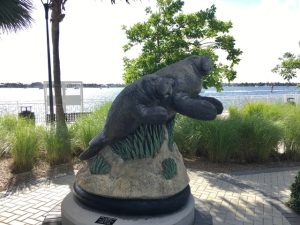
Fig 4. A statue of mother and calf manatee in the Manatee Lagoon
Having a chance to participate in SMM 2022 offline despite the COVID-19 pandemic was a really fantastic experience for me. I could feel the passion of marine mammal researchers from their confident talks. I met many eminent scientists and researchers across the elder and younger generations, which also inspired me a lot. I have also made some friends through the conference. Regard to the technical part, the live-virtual part is very awesome as it enables participants to chat freely with each other online while making it easier for offline participants to exchange contact information inside the convention hall. Even if you missed some talks, you could still replay them on the SMM 2022 platform. Other than the technology, student volunteers also left me with a deep impression. They were very willing to provide help and always be one of the first groups of people preparing for everything before the sessions start. Thanks to those people who work behind the scenes as they devote a lot to the success of the conference.
My first time SMM is filled with many good memories. I got inspiration and saw my inadequacy as well. All in all, they will serve as strength and motivation to keep me going on my journey of marine mammal study. I look forward to presenting my work, reuniting with old friends, and meeting new friends two years after in the next biennial conference!
Reference:New species of baleen whale in the Gulf of Mexico,
https://www.fisheries.noaa.gov/feature-story/new-species-baleen-whale-gulf-mexico
Manatee Lagoon website, https://www.visitmanateelagoon.com/


